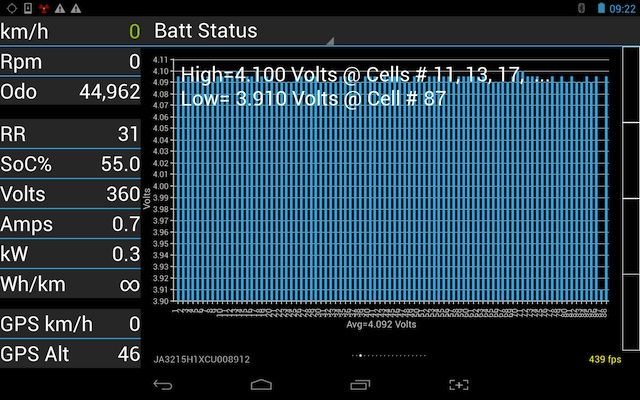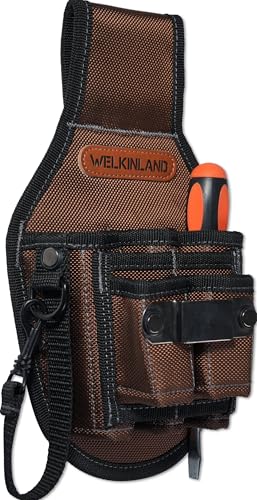Don said:Tesla packs are arranged in replaceable modules, either 13 or 15 of them in the complete pack IIRC. I would bet if they have a failure, it's as simple as changing out the defective module. In addition, they use thousands of small cells, each fused separately so that if a single cell shorts out, the fuse blows and you've lost maybe 1/10th of 1% of the total capacity of the pack which would not even be noticed. One bad cell means the end of the entire pack on our cars
Don
Tesla packs are made of bricks of smaller cells. We can think of a brick of paralleled Tesla cells as a single cell when comparing to our iMiev battery packs. Indeed a single small cell failing does not render a Tesla pack unusable at all. However the capacity impact is much larger than you stated. The standard range model 3 pack is made of bricks of 31 cells each and the long range pack is made of bricks of 46 cells. Since the range loss or usable capacity of any high voltage battery is limited by it's lowest capacity cell (or tesla brick) then a single cell failure in a standard range pack would reduce the usable capacity of the battery pack by just over 3% { 30 / 31 = 0.96774 or 96.774% capacity remaining }.
On the long range pack the single small cell failure would reduce the the usable capacity of the battery pack by just over 2% { 45 /46 = 0.97826 or 97.826% usable capacity remaining}
Absolutely Teslas battery architecture is superior to any other on the market for reliability. It is however complex to manufacture and the way they immobilize the entire modules of bricks with blue goo, they don't look very serviceable. The point is that they are engineered to not need serviced. Time will tell how well this works out in the long run, including recycle-ability. I think it might make more sense to use large prismatic cells and make it very easy to replace any individual cell if need be.
Aerowhatt


































